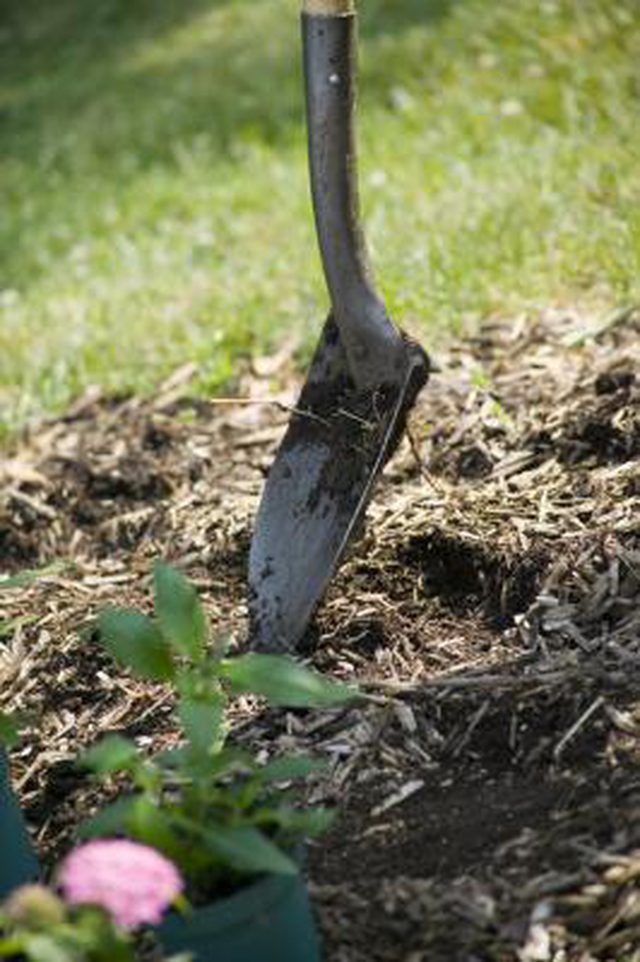Mulch possesses an array of benefits in gardening. It nourishes the soil, retains moisture, suppresses weeds, and provides stability. However, the frustrating tendency of mulch to migrate or get swept away can be a major headache for gardeners. Utilizing a combination of effective techniques, it is possible to keep mulch stationary and optimize its advantages.

Image: vinedresserlandscaping.com
Enhancing Mulch Preservation: Ingenious Solutions for Landscape Longevity
1. Tailoring Mulch to Terrain: Embracing Nature’s Topography
The type of mulch employed should align with the land’s contours and usage. For flat surfaces receiving minimal foot traffic, organic mulches like bark, straw, or wood chips can be spread freely. On slopes or in high-traffic areas, consider anchoring larger pieces such as gravel, stone, or rubber mulch, which are less prone to displacement.
2. Embracing Natural Barriers: Harnessing Vegetation’s Strength
Plants serve as excellent natural barriers to mulch dispersal. When planting new vegetation, consider utilizing low-growing, clump-forming varieties that create a dense ground cover. These plants not only inhibit weed growth but also effectively retain mulch in place.

Image: www.mysunnylawn.com
3. Maintaining Mulch Borders: Defining the Boundaries of Mulch Stability
Establishing clear borders for your mulch beds is crucial. Create a physical barrier around the perimeter using edging materials such as bricks, stone, concrete, or metal strips. These borders not only delineate the garden aesthetically but also prevent mulch from spilling over onto unwanted areas or pathways.
4. Installing Landscape Fabric: Providing a Supportive Base
Landscape fabric, a permeable material, can be spread underneath the mulch layer to provide additional stability. It acts as a barrier against weeds while allowing water and nutrients to penetrate the soil. Secure the fabric with stakes or pins to prevent it from shifting.
5. Utilizing Mulch Anchors: Reinforcing Mulch’s Position
Mulch anchors, U-shaped or spiral-shaped metal pins, can be inserted directly into the soil to secure mulch in place. They are particularly effective in high-wind areas or on slopes, preventing mulch from being blown or washed away.
6. Considering Mulch Adhesive: A Sticky Solution for Mulch Immobilization
Mulch adhesives, designed specifically for landscaping, can be applied to the surface of the mulch layer to bind it together. These adhesives enhance cohesion, making the mulch less susceptible to scattering. However, careful application is necessary to avoid clogging sprayer nozzles and creating an unsightly appearance.
7. Adopting Water-Saving Techniques: Minimizing the Impact of H2O
Water conservation is not only environmentally responsible but also beneficial for mulch preservation. Employing drip irrigation or soaker hoses reduces water runoff, which can displace mulch. By delivering water directly to the plant roots, these methods minimize soil erosion and maintain mulch integrity.
How To Get Mulch To Stay In Place
Conclusion: The Art of Mulch Mastery
Keeping mulch in place is an art that combines proper material selection, strategic placement, and inventive stabilization techniques. By implementing these methods, you can harness the full benefits of mulch in your garden, ensuring healthy plants, a thriving landscape, and a sense of gardening satisfaction that will endure through the seasons.







